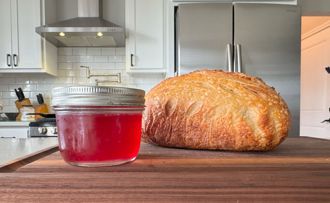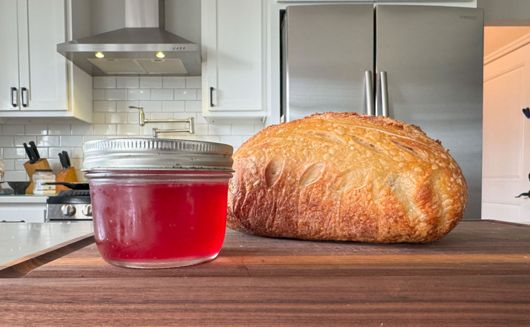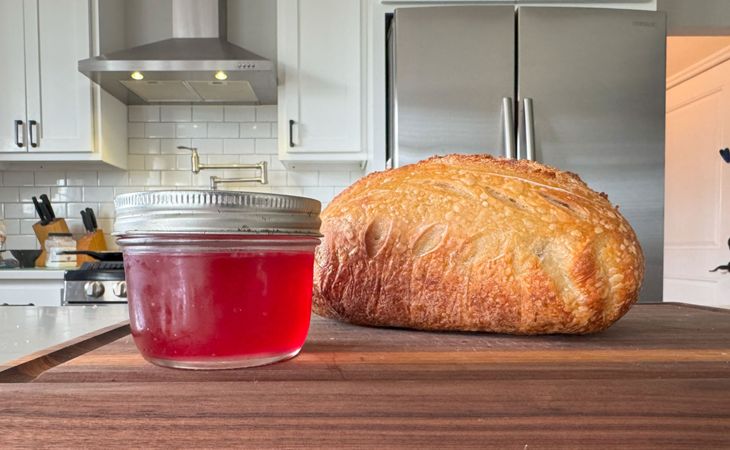Pest & Disease Control for Quince Trees
Every tree has the future potential for disease and insect damage. Factors such as location and weather will play a part in which issues your tree encounters. If available, disease-resistant trees are the best option for easy care; and for all trees, proper maintenance (such as watering, fertilizing, pruning, spraying, weeding, and fall cleanup) can help keep most insects and diseases at bay.
NOTE: This is part 7 in a series of 11 articles. For a complete background on how to grow quince trees, we recommend starting from the beginning.
Borer
A thick, gummy substance (sap) leaking from round holes on the trunk or in a crotch of the tree. Worms with brown heads and cream-colored bodies tunnel thru trunks that will kill the tree. Once infested, use a fine wire to try to mash or dig them out.
Natural control
- Dig out
Other Control Options
- Consult County Extension Agent
Scale
Usually on bark of young twigs and branches, encrusted with small (1/16”) hard, circular, scaly raised bumps with yellow centers, may also be on fruit. Sap feeding weakens the tree.
Other Control Options
- Consult County Extension Agent
Tent Caterpillar
Hairy caterpillars that enclose large areas in webbing and feed on enclosed leaves. Remove web with rake and burn. Caterpillars are pulled out with webs.
Chemical Control
- GardenTech® Sevin® Bug Killer
Quince Rust
Appears on both tree stems and fruit as bright orange spores.
Natural Control
- Prune out infected branches.
Other Control Options
- Consult County Extension Agent
Black Spot
Disease causing defoliation and black spots on leaves and thrives in moist conditions. Twigs may also be infected. Black spots are circular with fringed margins, if severe, spots can combine to cause a large black mass, can weaken and kill plants. Appear as black, circular, slightly sunken spots on fruit.
Other Control Options
- Consult County Extension Agent
Aphid
They are the size of a pinhead and vary in color depending o the species. Clusters on stems and under leaves, sucking plant juices. Leaves then curl, thicken, yellow and die. Produce large amounts of a liquid waste called “honeydew”. Aphid sticky residue becomes a growth media for sooty mold. Dormant Oil will kill eggs, use next dormant season, also during ½” green kills newly hatched except Rosy Apple Aphid.
Other Control Options
- Consult County Extension Agent
Codling Moth
Adult is moth, gray with brown patches on wings. Worms about 1” long. Fruits have holes from side to core.
Natural Control
- Hi-Yield® Vegetable & Ornamental Insect Control
Curculio
Adult is brownish-gray 1/5” long, hard-shelled beetle with long snout and 4 humps on back. Cuts a crescent shaped hole under fruit skins and lays eggs. Worms hatch and tunnel. Fruit drops.
Other Control Options
- Consult County Extension Agent












